Quality Characteristics of Koi Food: How to choose the best Food for your Koi
Every Koi owner probably asks himself this question sooner or later: “How much money do I have to spend on food that will keep my Koi healthy?”
The price as the first indicator
The first indicator is the price. If the complete feed is very cheap, it is unlikely that high-priced raw materials were invested in during production. The use of high-quality raw materials means higher costs for producing the feed. Therefore, these additional costs must inevitably be reflected in the price.
High-quality raw materials are easier for koi to digest and at the same time put less strain on the pond water. Easily digestible animal proteins and fats are many times more expensive than their plant-based alternatives. The price per kilo of high-quality fish meal is currently more than three times that of soy protein and even more than ten times that of grain. The situation is similar with fish oil and vegetable oil. Special additives such as spirulina or essential herbal oils are particularly expensive. The latter often cost a three-digit amount per liter.
Although the price is a first guide, it is not that easy to determine good food. Cheap food is not automatically bad and the most expensive food is not automatically the best.
The declaration: The ingredients matter
The next guide is the declaration. This lists the ingredients of a food in descending order of quantity. Look specifically for high-quality, expensive raw materials in the declaration. Do they appear at the top? Are there any derivatives in the list?
What is in high quality koi food?
High-quality koi foods use expensive, high-quality components such as quality fish meal, algae, plant extracts, wheat germ, fish oil, carotenoids, immune stimulants and additives for nutrient optimization.
What to avoid: Derivatives and fillers
Cheap feeds use substitute raw materials, so-called derivatives. These substitutes should not be used at all or only in small quantities. A first indicator of a feed of insufficient quality is the listing of plant components such as grain, soy or plant by-products in the first place. An animal protein source should be in the first place (largest percentage). Ideally fish meal, because its amino acid profile is very easily usable by koi.
So-called fillers should also be avoided. Fillers are added to feed to increase its volume without having a positive effect on the nutritional value or properties of the feed.
